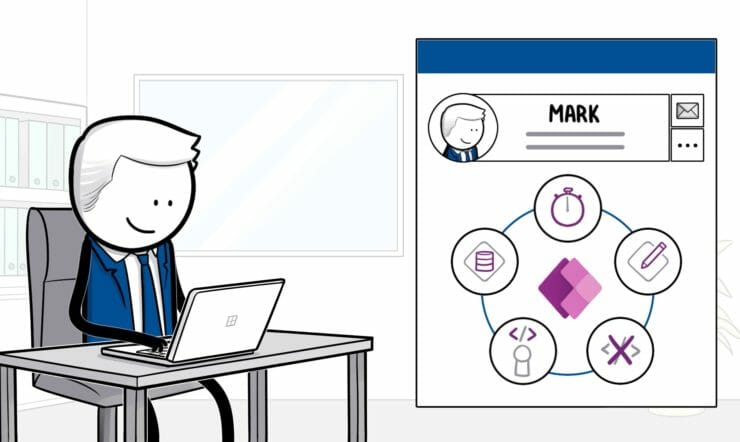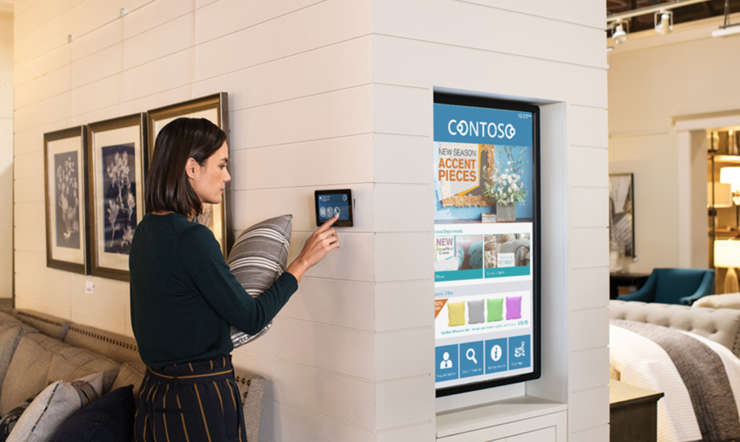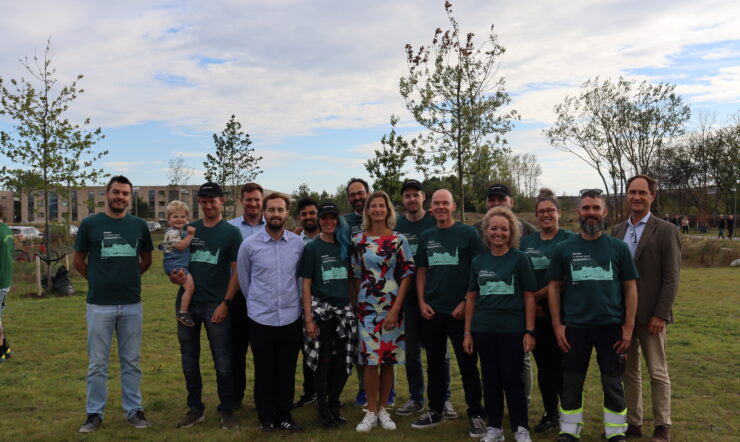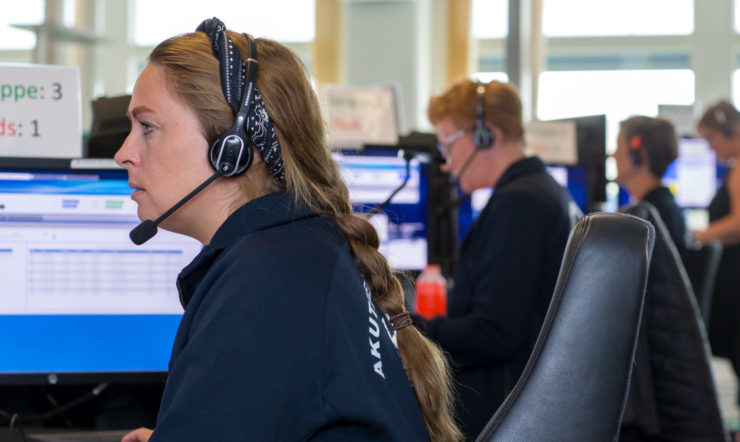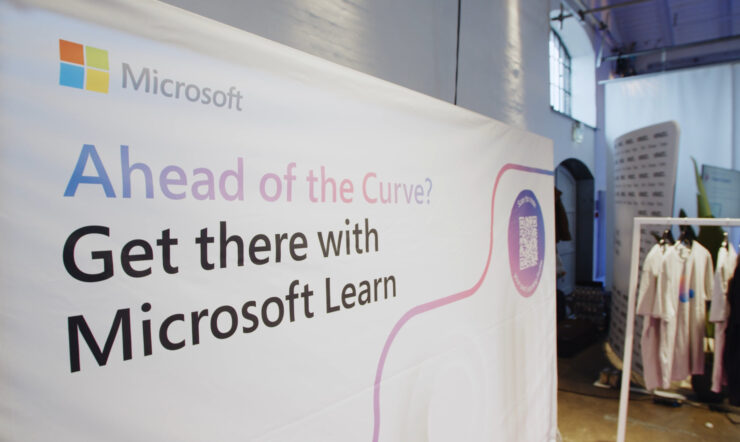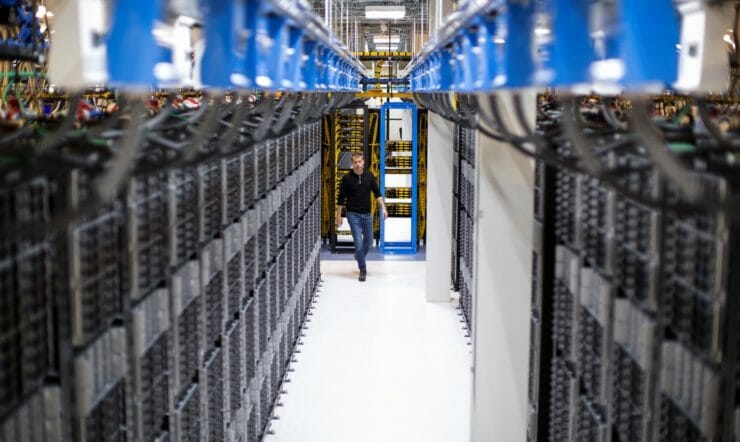The largest auditorium at Microsoft Denmark in Lyngby was packed to capacity on November 7th as attendees gathered for the much-awaited event Copilot Your Way to Success. “I think it’s safe to say that the Copilot hype is real,” Kit Ingwersen, Modern Work & Surface Business Group Lead at Microsoft Denmark, said in her welcoming keynote, highlighting three takeaways that she would like the audience to reflect upon. How can organizations prioritize people in AI discussions and implementation? What are the potential benefits and challenges of using AI in the workplace? And how can AI tools like Copilot enhance productivity in daily work tasks?
Throughout the three-hour event, these pivotal questions were thoroughly discussed, complemented by live demonstrations of Copilot within the M365 platform, Microsoft Dynamics, and Power Platform. Before the show-and-tell sessions, Claus Frigaard Christensen, Head of Workplace Experience at EY, took the stage. For more than 14 years, he has worked as a management consultant, to accelerate innovation within workplace experience: “My personal mission is to make people thrive AND at the same time make organizations more productive at the same time. That’s actually pretty challenging, but my experience is that it can be done, and I believe that AI and Copilot will be one of the key drivers for ensuring both productivity and employee satisfaction”, Claus Frigaard Christensen opened.
EY has observed a sharp uptick in Copilot requests as well as an increased interest in understanding how AI will be a game changer for businesses. For that reason, Claus highlighted a few interesting findings from EY’s recent CEO survey. Almost half of the CEOs plan significant investments in AI in the next year, and 66% of CEOs say jobs impacted by AI will be counterbalanced by new roles. But there are also concerns among the CEOs, Claus Frigaard Christensen stressed: “67% of CEOs highlight AI and ML integration risks, underlining trust challenges and potential errors, while 60% of companies consider insufficient talent and skills within the organization to be a main obstacle in AI adoption,” he said and continued: “Regarding the last point I am afraid that lacking skills and talent is a major challenge that most organizations are hugely underestimating this key prerequisite for success.”
Bridging the expectation gap
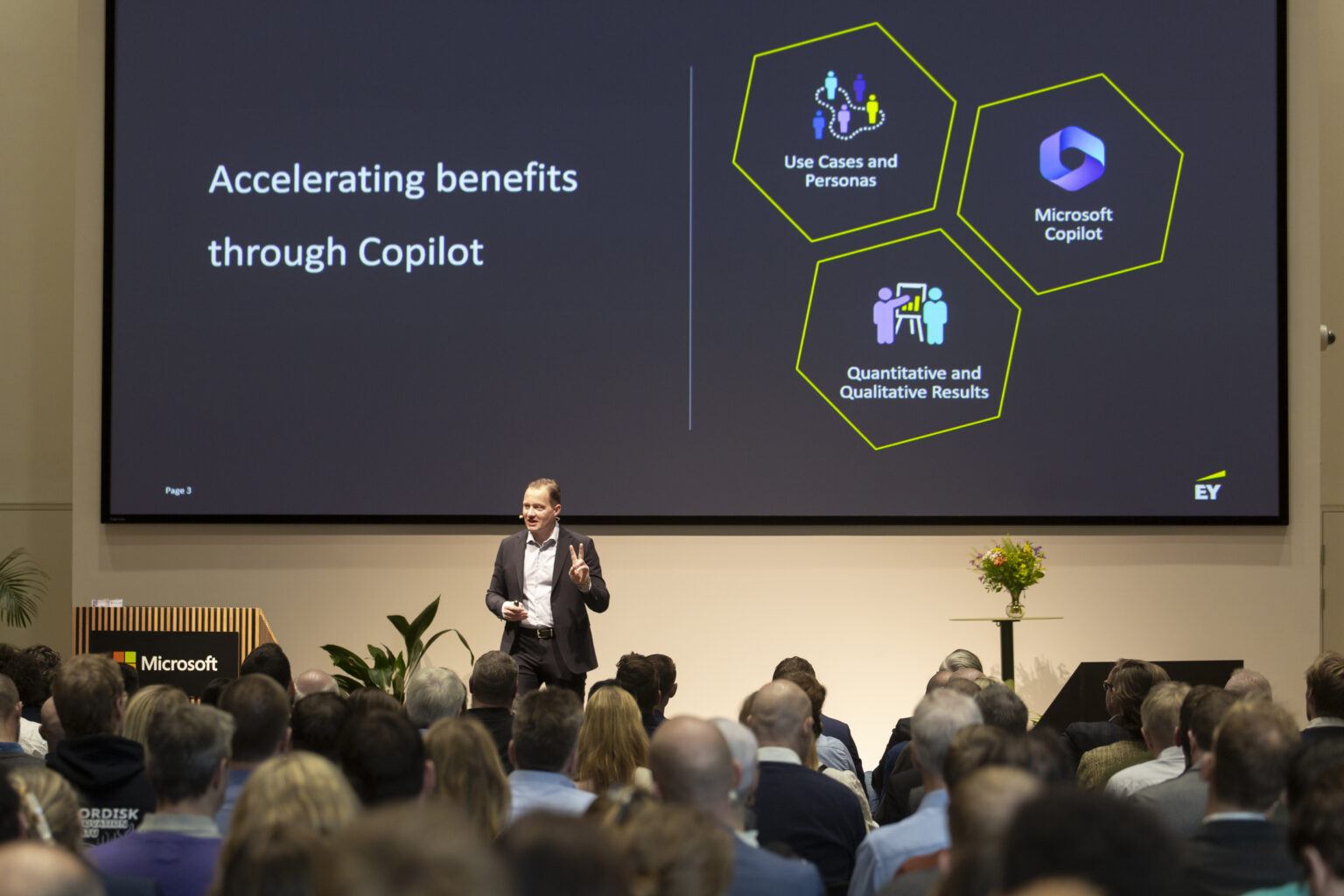
Claus Frigaard Christensen also dived into a global survey by EY, named “Work Reimagined,” involving 17,000 employees, and 1,750 leaders across 23 countries. “In general, there is a big optimism about the potential impact of generative AI with both employees and employers. However, the gap between employees and employer’s expectations is significant. Especially in relation to how much AI will impact ways of working flexibly, how work is done, how to collaborate, how company culture is affected, etc. Employers don’t have the same positive perception of AI as their leaders. That’s interesting, and it comes down to whether organizations will be able to provide the right operational framework for AI within the company – and especially related to training and updating skills,” Claus Frigaard Clausen said before he continued with the real dilemma: “So, we would expect that employers would really like to invest in training, right? That’s at least what I would expect. Our survey shows something else. When asked what actions organizations take in 2023+ to enhance learning and skill development, only 22% of employers said training in generative AI-related skills”, Claus Frigaard Christensen said.
The importance of human oversight
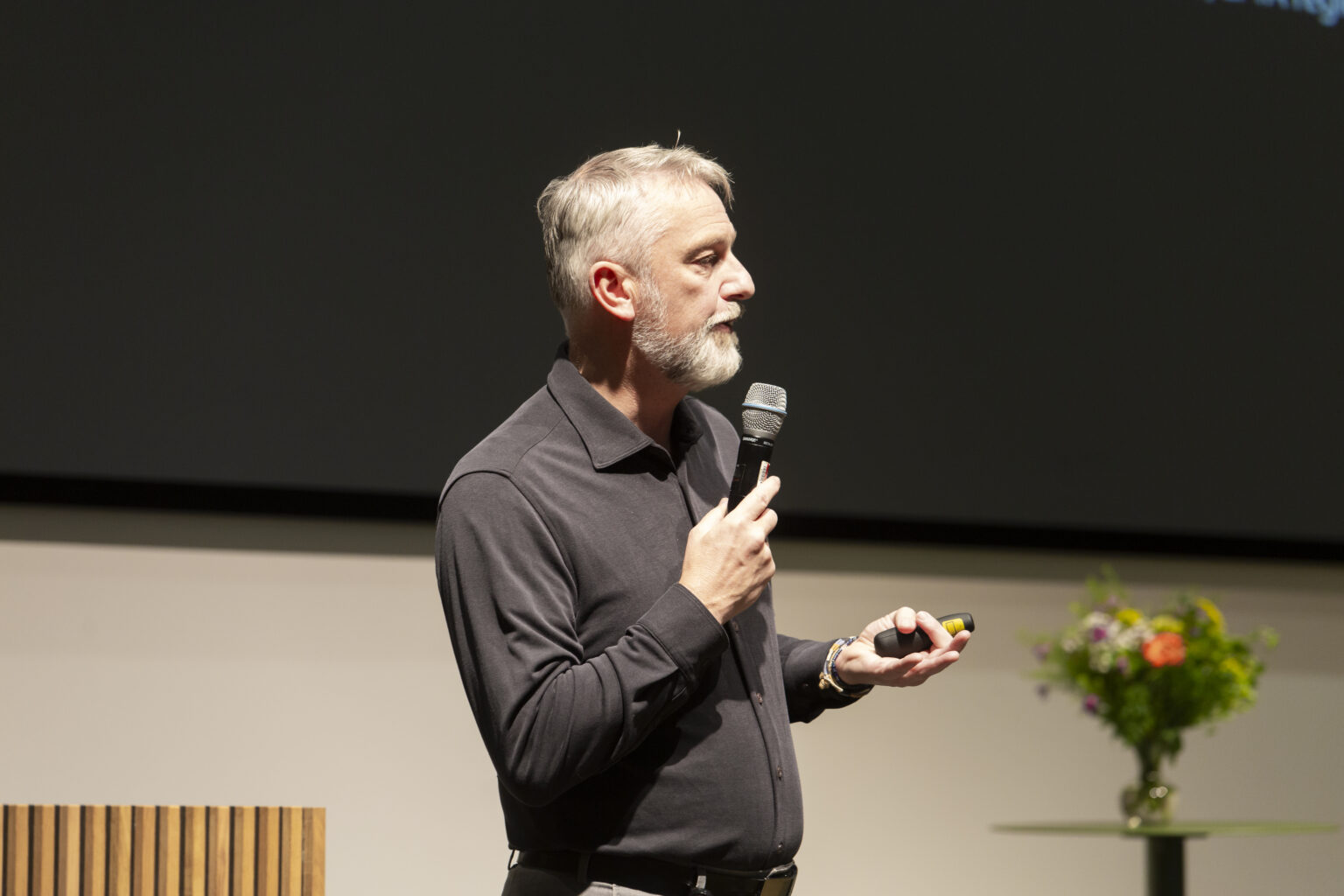 The main attraction of the day was the in-depth presentation of Microsoft Copilot, a cutting-edge tool aimed at transforming organizational effectiveness through the use of OpenAI’s advanced language models. The discussion, while delving into the immense potential of these models, also centered on the ethical considerations and assurances vital for their integration into enterprise settings. To speak to ethical considerations, the CISO & CTO of Microsoft Denmark, Ole Kjeldsen, took the stage, underscoring a crucial aspect: The sovereignty of data.
The main attraction of the day was the in-depth presentation of Microsoft Copilot, a cutting-edge tool aimed at transforming organizational effectiveness through the use of OpenAI’s advanced language models. The discussion, while delving into the immense potential of these models, also centered on the ethical considerations and assurances vital for their integration into enterprise settings. To speak to ethical considerations, the CISO & CTO of Microsoft Denmark, Ole Kjeldsen, took the stage, underscoring a crucial aspect: The sovereignty of data.
“The data utilized with these models remains the exclusive property of the customer, housed within their designated tenant. This strict isolation ensures that the data, prompts, and contextual information utilized with the models are inaccessible to Microsoft, OpenAI, or any other entity,” Ole Kjeldsen stressed, directly addressing apprehensions among customers regarding the potential misuse of their data for training models or its exposure to competitors. However, in acknowledging the extraordinary capabilities of these models, Ole Kjeldsen also emphasized the indispensable role of human oversight and accountability. “There is a need for tools like Content Safety service, helping with setting guardrails for both input and output as well as human validation of the model’s outputs, particularly in the context of preventing the creation of harmful content like hate speech or explicit imagery,” Ole Kjeldsen stated before making one point very clear: “Many think that OpenAI is a fact-finding machine. It’s not. OpenAI and GPT are language models, and they understand the language you teach them. The language could be images, it could be code, it could be text. It’s been trained on billions if not trillions of pieces of material, but it does not in the model itself know facts unless you point it to the facts in the domain you want to use the model for – and regardless what domain and how well you provide the language model context, Microsoft will always suggest human oversight and accountability.”
Compliance commitments were also a focal point in Ole Kjeldsen’s keynote. He iterated that the usage of the large language models inherits the comprehensive compliance offerings synonymous with Microsoft. This encompasses a wide spectrum of compliance standards such as HIPAA, PCI, SoC, and various ISO standards, ensuring a robust adherence to regulatory frameworks. Before exiting the stage, Ole Kjeldsen shed light on Microsoft’s significant investment in OpenAI, with the licensing of the large language models. These models are available as an enterprise service on the Azure platform, seamlessly integrated with other services like storage, virtual machines, M365 as well as the ability and tools to integrate customers own AI assistants or “co-pilots.”
Be ready – and be bold
Kit Ingwersen concluded the event after quite amazing live demonstrations on the actual usage of Copilot within applications such as Word, PowerPoint, Excel, Outlook, and within sales and website building tools in Dynamics365 and Power Pages.
“You all have various roles in your organization, but my bet is that no role will stay unaffected by AI for very long. And that entails the need of taking a lot of new things into consideration to leverage the positive power of AI and Copilot, Kit Ingwersen stated. ”Ask yourself; what are we solving for with AI? How will employees benefit and how do we train them sufficiently? Do we have our data strategy in place, and can we build our vision on top of it? Ask the questions – Also the ones where there is no easy answer. We need to be bold if we are really to reap the benefits that this new era of technology brings. We need to be bold – but we also need to be ready”, Kit Ingwersen concluded the event.
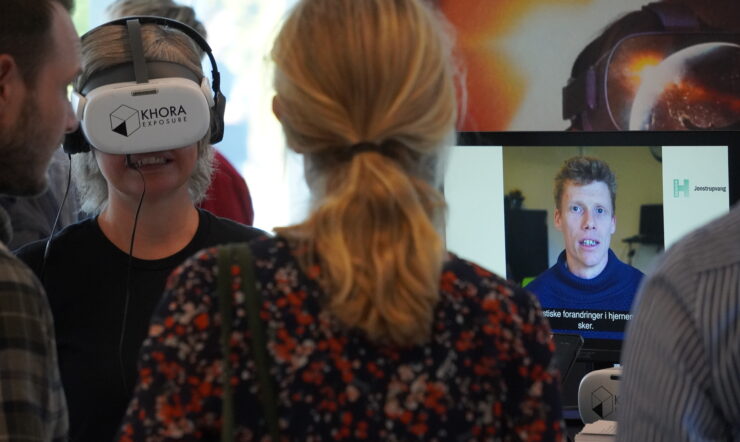

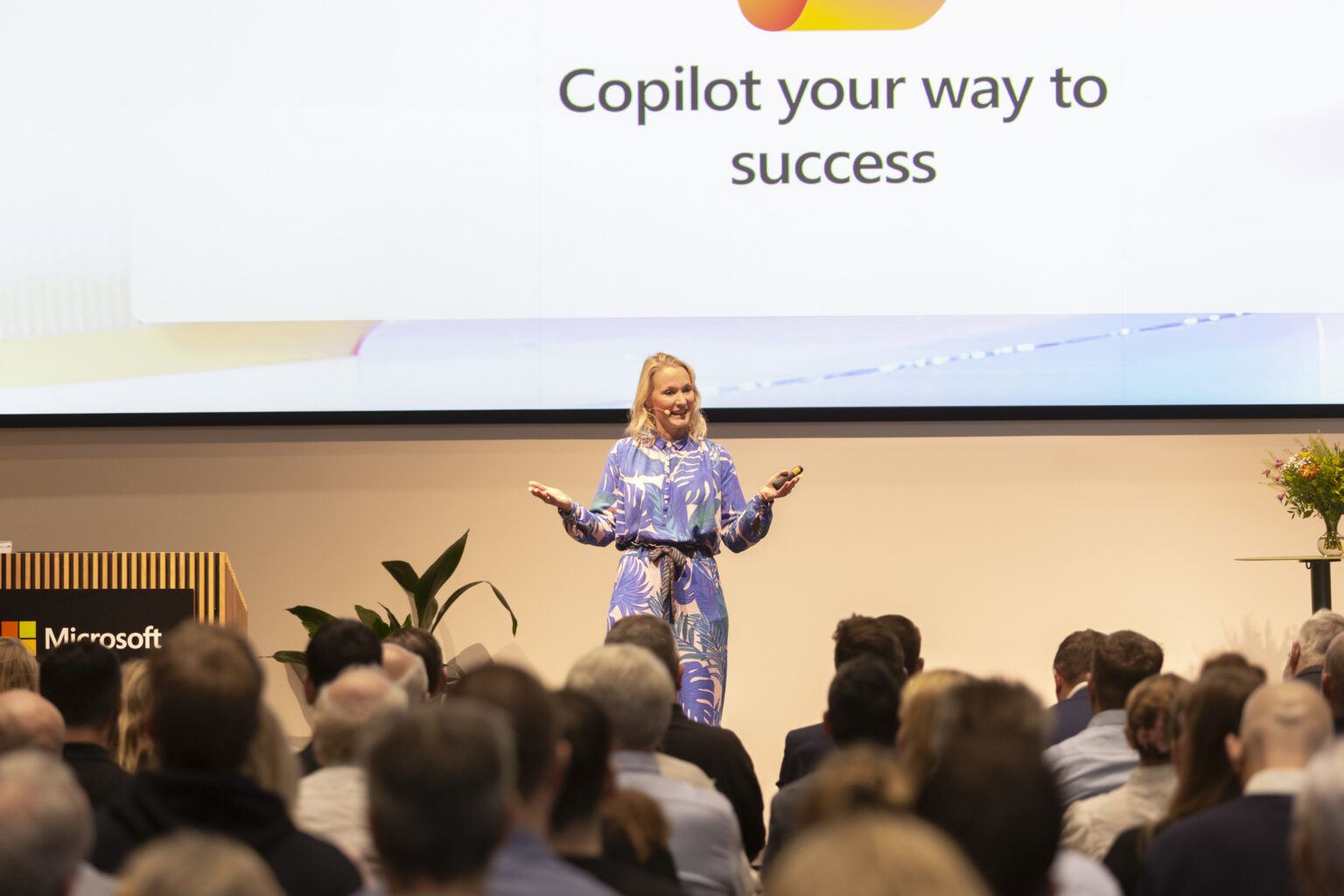


 The main attraction of the day was the in-depth presentation of Microsoft Copilot, a cutting-edge tool aimed at transforming organizational effectiveness through the use of OpenAI’s advanced language models. The discussion, while delving into the immense potential of these models, also centered on the ethical considerations and assurances vital for their integration into enterprise settings. To speak to ethical considerations, the CISO & CTO of Microsoft Denmark, Ole Kjeldsen, took the stage, underscoring a crucial aspect: The sovereignty of data.
The main attraction of the day was the in-depth presentation of Microsoft Copilot, a cutting-edge tool aimed at transforming organizational effectiveness through the use of OpenAI’s advanced language models. The discussion, while delving into the immense potential of these models, also centered on the ethical considerations and assurances vital for their integration into enterprise settings. To speak to ethical considerations, the CISO & CTO of Microsoft Denmark, Ole Kjeldsen, took the stage, underscoring a crucial aspect: The sovereignty of data. 





